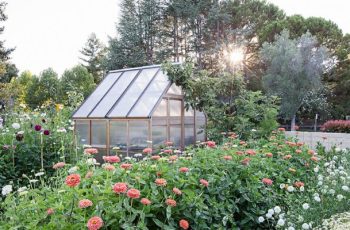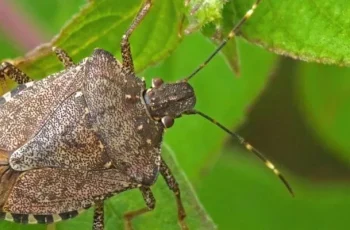Edible Landscaping: Merging Beauty and Function
Edible landscaping is an innovative approach that integrates food-producing plants into traditional decorative landscapes. This method allows homeowners to grow fresh fruits, vegetables, and herbs while maintaining an attractive outdoor space, creating a self-sufficient environment that promotes sustainability.

Benefits of Edible Landscaping
One of the major benefits of edible landscaping is the combination of functionality and aesthetic appeal. While traditional lawns require considerable maintenance with little return, edible landscapes provide fresh produce, reducing grocery costs and minimizing environmental impact. These landscapes can also be designed with water-efficient plants and organic practices, conserving water and avoiding harmful fertilizers and pesticides.
Edible gardens support biodiversity by attracting pollinators such as bees, butterflies, and hummingbirds, creating a healthier ecosystem. Beneficial insects, like ladybugs and lacewings, also help control pests naturally, reducing the need for chemical interventions.
Planning Your Edible Landscape
To create an effective edible landscape, it is important to evaluate available space, sunlight, soil quality, and drainage. Group plants with similar needs to simplify maintenance. The layout often follows a layering method, with fruit-bearing trees providing structure, shrubs offering mid-level interest, and herbs and vegetables creating texture. Vertical space can be maximized using climbing plants like grapes and beans.
Choosing the Right Plants
Selecting climate-appropriate plants ensures long-term success. Native species tend to require less maintenance and are more resilient to pests and diseases. Citrus trees and figs thrive in warmer climates, while apples and cherries are better suited for cooler regions. Hardy leafy greens like kale and Swiss chard can be harvested year-round in mild climates.
Companion planting is another useful strategy. For example, basil protects tomatoes from insects, and marigolds deter aphids and nematodes.
Blending Edible and Ornamental Plants
Edible landscapes can still be visually striking. Many edible plants, such as colorful kale, chard, and ornamental cabbages, add visual interest. Flowering herbs like rosemary and thyme enhance fragrance and attract pollinators, while edible flowers like nasturtiums and violets add color and flavor to dishes.
Managing Soil and Water
Healthy soil is essential for a thriving edible landscape. Organic matter like compost improves soil fertility and moisture retention. Mulching conserves moisture and suppresses weeds. Drip irrigation systems provide targeted water delivery, and collecting rainwater reduces water usage.
Seasonal Maintenance
Edible landscapes require regular care. Pruning fruit trees and berry bushes promotes healthy growth, and deadheading flowering plants encourages longer blooming periods. Crop rotation prevents soil depletion, while cover crops help protect against erosion and replenish nutrients.
Encouraging Pollinators
Pollinators like bees and butterflies are vital for the success of an edible landscape. Planting nectar-rich flowers such as coneflowers and sunflowers attracts these pollinators. Avoiding pesticides preserves beneficial insect populations, and creating habitats for helpful insects further supports the ecosystem.
Edible Landscaping for Small Spaces
Edible landscaping is possible even in small spaces. Container gardening allows herbs and dwarf fruit trees to thrive on balconies or patios. Raised beds and vertical gardens maximize space and create visual interest. Incorporating edible plants into ornamental beds also enhances beauty and productivity.
Wildlife Considerations
Wildlife, including birds and small mammals, may be attracted to edible gardens. Protective measures like netting and motion-activated sprinklers can safeguard crops. Strong-scented herbs like mint and garlic can discourage browsing animals, and designated bird-friendly plants help divert attention from valuable crops.
Expanding Your Edible Landscape
Once an edible landscape is established, it can be expanded. Adding a greenhouse or aquaponics system supports year-round food production. Community edible landscapes, such as food forests and shared garden plots, promote food security and encourage sustainable practices within neighborhoods.

Conclusion
Edible landscaping transforms outdoor spaces into productive and visually appealing environments. With careful planning and maintenance, homeowners can create beautiful gardens that yield fresh produce year-round. Whether in large yards or small urban settings, integrating edible plants into landscapes supports sustainability, biodiversity, and self-sufficiency.

